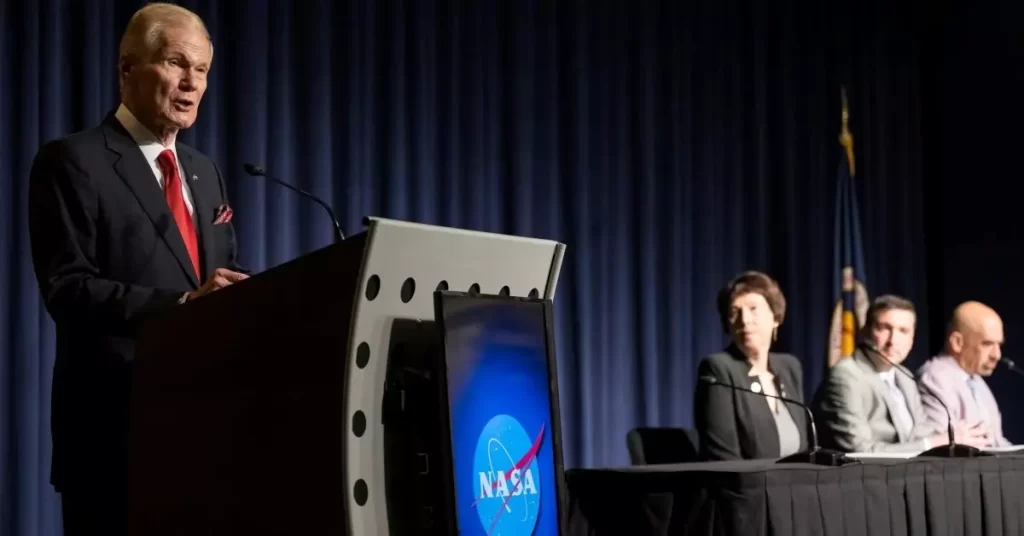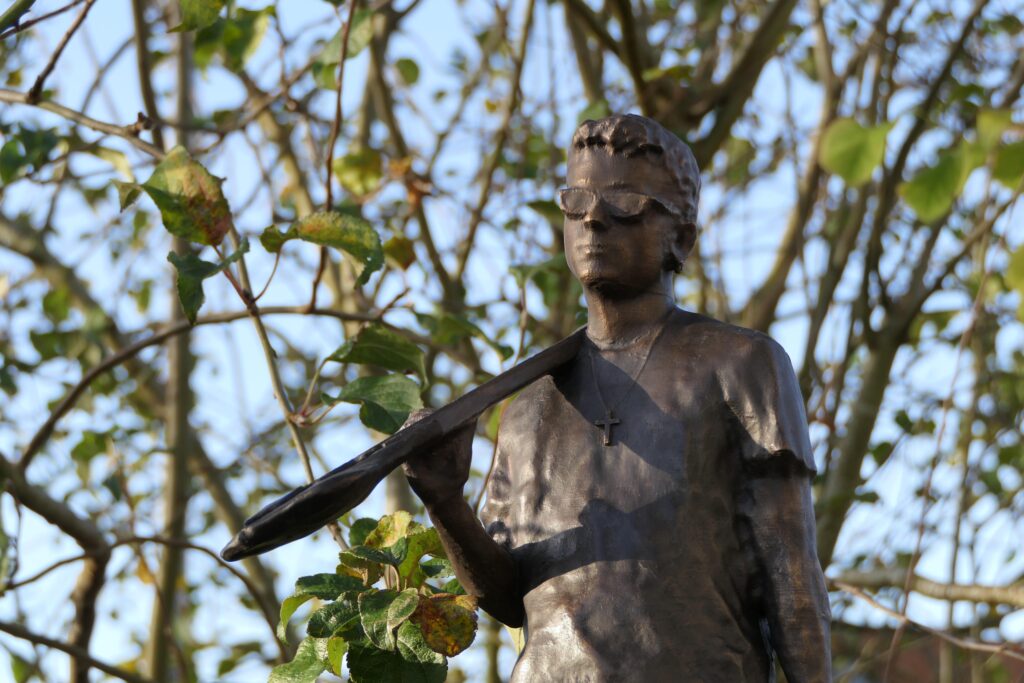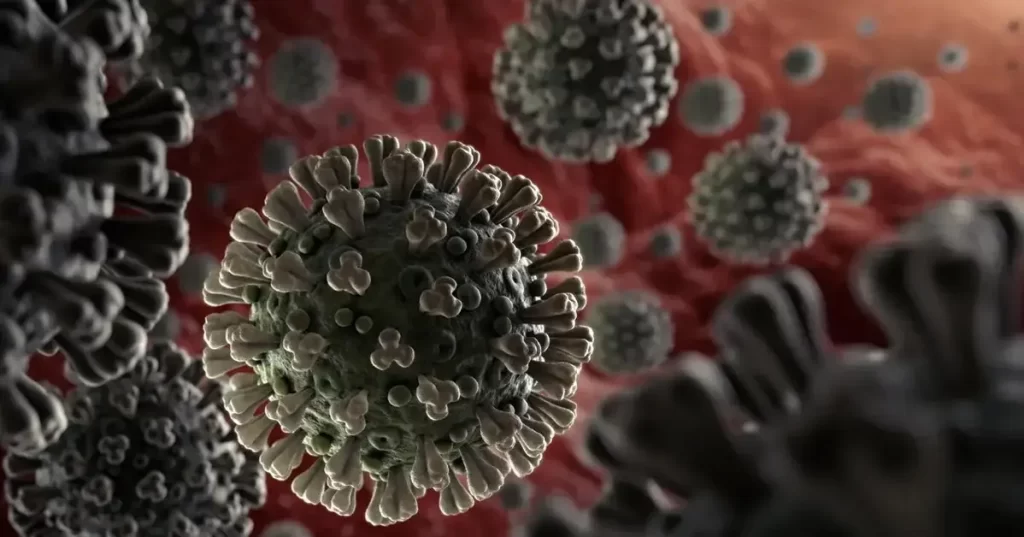NASA’s Epic UFO Study Unveils New Scientific Approaches: Exploring Unidentified Anomalous Phenomena
In a momentous leap toward unraveling the mysteries of the universe, NASA, the renowned space agency, unveiled its highly anticipated report on Unidentified Anomalous Phenomena (UAP), colloquially known as UFOs. The culmination of NASA’s first-ever comprehensive study of these enigmatic aerial occurrences marked a historic milestone in scientific exploration. Comprising a panel of 16 eminent experts, the study delved into uncharted territories, aiming to transform the discourse around UFOs from sensationalism to rigorous scientific inquiry.
Led by astrophysicist David Spergel, the president of the Simons Foundation in New York City, the expert team meticulously examined data related to UAP. Contrary to fervent expectations, the report did not unveil concrete evidence of alien visitations to Earth. Instead, it shed light on the historical inadequacy of available data and outlined a meticulous roadmap for future research endeavors.
The report emphasized the pivotal need for detailed observations, noting that the grainy videos that often circulate online lack the depth required for meaningful scientific analysis. As UFO sightings continue to captivate the public imagination, the scientific community recognizes the imperative to collect comprehensive and reliable data, ensuring transparency and encouraging open dialogue about these phenomena.
One of the report’s fundamental recommendations centered around the establishment of a uniform reporting system. NASA, in collaboration with other government agencies and commercial entities, plans to create a standardized process for gathering and sharing data about UAP. The objective is to bridge the existing data gap and foster a culture of openness, reducing the stigma associated with reporting UFO sightings.
To bolster these efforts, the report proposed leveraging NASA’s advanced Earth-observing satellites. Equipped with cutting-edge sensors, these satellites can capture crucial environmental conditions when UAP are sighted, providing valuable insights for scientific analysis. Additionally, the integration of artificial intelligence and machine learning technologies was highlighted as a means to accurately identify UAP occurrences, enhancing the efficiency of data analysis.
The significance of diverse data sources was underscored in the report. Air traffic control towers, radar systems from the Federal Aviation Administration, and crowdsourcing tools such as open-source smartphone apps were identified as valuable resources. By compiling data from these varied sources, scientists can gain a comprehensive understanding of UAP phenomena, shedding light on their origins and behavior.
NASA’s endeavors come amidst a surge in public interest and governmental scrutiny regarding UFO encounters. Bipartisan pressure in the United States has mounted on federal agencies to disclose information about these incidents. Recent hearings, including one in front of Mexican lawmakers, have highlighted the global fascination with UFOs. However, skepticism persists, with NASA Administrator Bill Nelson expressing reservations about certain claims made during these hearings.
In response to the growing curiosity and concern, the Pentagon’s All-domain Anomaly Resolution Office (AARO) took a proactive step. The office launched a dedicated website, serving as a centralized platform for both government personnel and civilians to submit UFO reports. This initiative aims to facilitate open dialogue, encouraging public participation in the research process and fostering a sense of shared responsibility in understanding these phenomena.
In a bold move toward transparency, NASA announced the appointment of a director of UAP research. While the individual’s identity was not disclosed, this appointment signifies NASA’s commitment to managing data effectively and coordinating efforts with AARO and the Department of Defense. Administrator Nelson emphasized that while the current report represents a significant stride forward, it is not the final destination. NASA remains dedicated to unraveling the mysteries of UAP and pledged to share their findings with the public, underscoring the agency’s unwavering commitment to scientific inquiry and openness.
This unprecedented initiative marks a paradigm shift in the scientific exploration of UFOs. By embracing a systematic and rigorous approach, NASA and its collaborative partners aim to demystify one of humanity’s most profound enigmas. As the world eagerly awaits further revelations, NASA’s pioneering efforts herald a new era of scientific curiosity, inclusivity, and discovery, reminding us that the universe’s secrets are meant to be explored collectively, for the betterment of humankind and our understanding of the cosmos.



